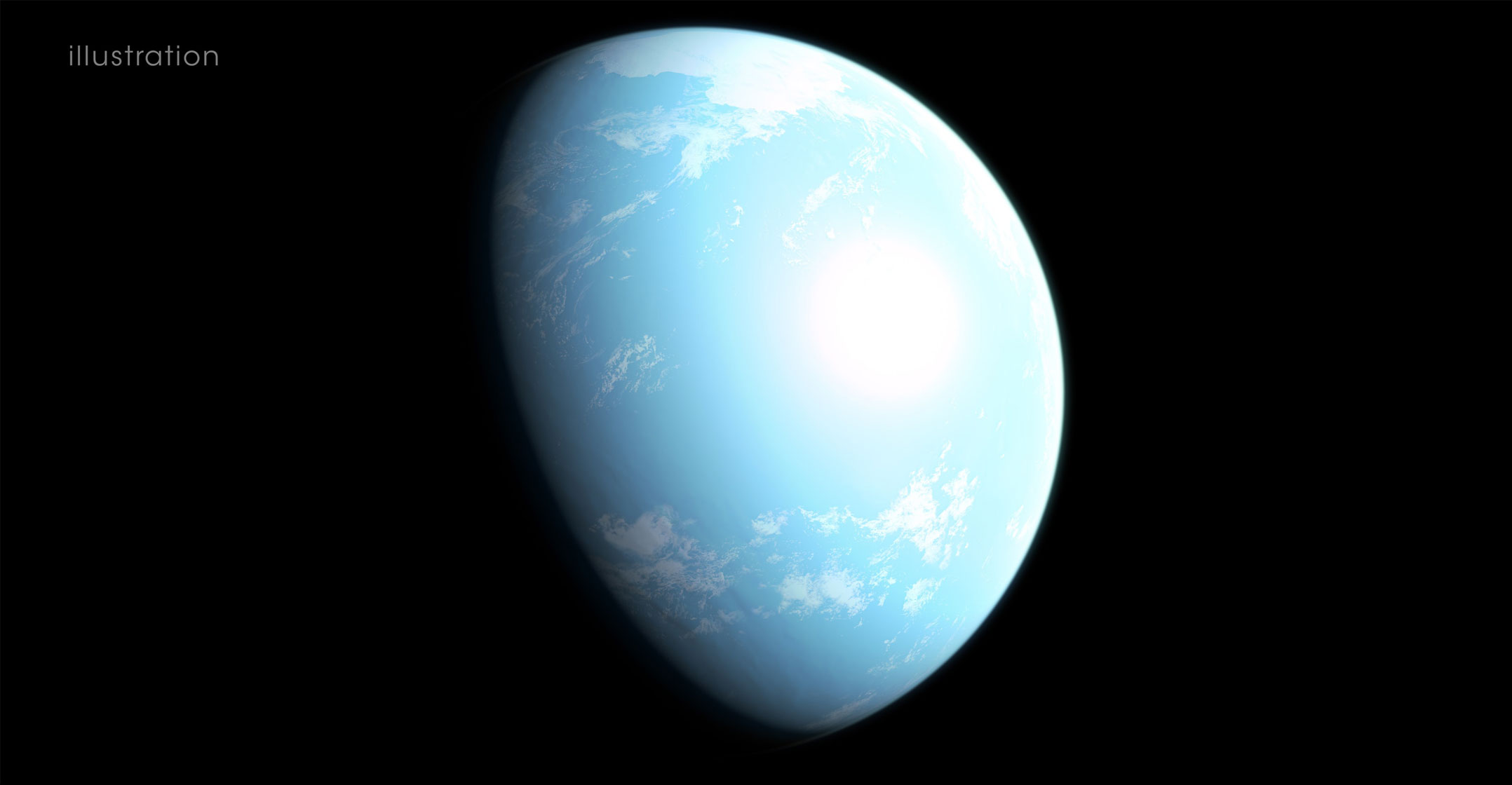 Nasa’s planet-spotting telescope has uncovered another three planets, which scientists say include the first nearby super-Earth.
Nasa’s planet-spotting telescope has uncovered another three planets, which scientists say include the first nearby super-Earth.
The planet, called GJ 357 d, orbits a star around 31 light years away in the so-called habitable zone, an area far enough from its star to not be too hot but close enough to not be too cold.
In this region, it is possible for liquid water to exist on the surface of a planet if it is rocky, although further research is needed to work out whether GJ 357 d’s atmosphere is dense and warm enough to host liquid water.
“GJ 357 d is located within the outer edge of its star’s habitable zone, where it receives about the same amount of stellar energy from its star as Mars does from the Sun,” said Diana Kossakowski, from the Max Planck Institute for Astronomy in Heidelberg, who co-authored the paper in Astronomy & Astrophysics.
“If the planet has a dense atmosphere, which will take future studies to determine, it could trap enough heat to warm the planet and allow liquid water on its surface.”
Lisa Kaltenegger, a professor of astronomy at Cornell University, who published a separate paper in the Astrophysical Journal Letters, suggests the planet could harbour life.
“This is exciting, as this is humanity’s first nearby super-Earth that could harbour life — uncovered with help from Tess, our small, mighty mission with a huge reach,” she said.
“With a thick atmosphere, the planet GJ 357 d could maintain liquid water on its surface like Earth and we could pick out signs of life with upcoming telescopes soon to be online.”
Orbit
GJ 357 d orbits its star every 55.7 days at a range of about 20% of Earth’s distance from the sun, it is claimed.
The three planets orbit a star known as GJ 357, an M-type dwarf, which is around 40% cooler than our own sun and about a third of its mass and size.
Tess (Transiting Exoplanet Survey Satellite) — Nasa technology used to discover exoplanets beyond our solar system — noticed the star dimming slightly every 3.9 days in February, a hint that planets were circulating around it.
The nearest of the three planets, GJ 357 b, is around 22% larger than Earth, orbiting its star 11 times closer than Mercury does to the sun.
“We describe GJ 357 b as a ‘hot Earth’,” said Enric Palle, an astrophysicist at the Institute of Astrophysics of the Canary Islands.
“Although it cannot host life, it is noteworthy as the third-nearest transiting exoplanet known to date and one of the best rocky planets we have for measuring the composition of any atmosphere it may possess.”
The middle planet, GJ 357 c, has a mass at least 3.4 times Earth’s, and orbits around its star every 9.1 days.

